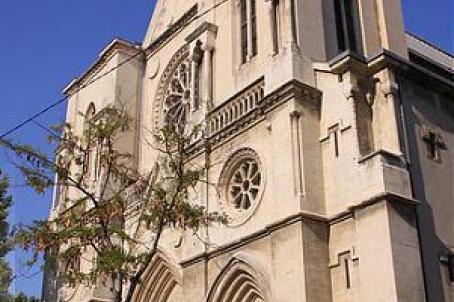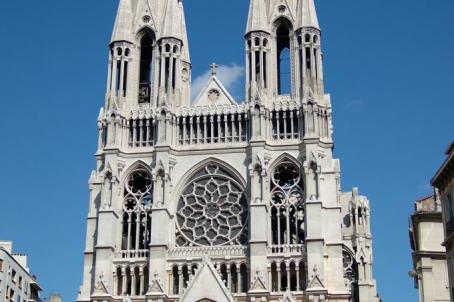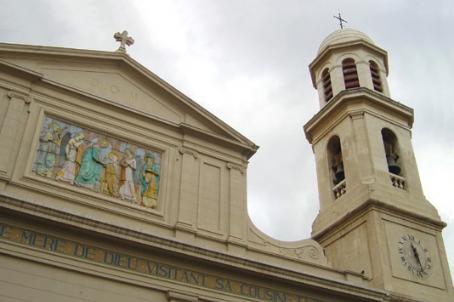Church of Sainte Rita
The village of Les Trois-Lucs only began to develop at the beginning of the 20th century, with the arrival of the tramway linking this remote location to the heart of Marseille. Soon, the need for a place of worship was felt. The Camau-Parenque family offered a piece of land on the express condition that the chapel to be built there would be dedicated to Saint Rita in memory of their deceased daughter. The parish priest, Father Jean-Baptiste Gandolfi, is in charge of the construction of the building. Modest, made of bricks, it was inaugurated in 1932 by Mgr Dubourg, Bishop of Marseille.
About this building
The church has a Latin cross plan, with a protruding transept and a rounded apse.






